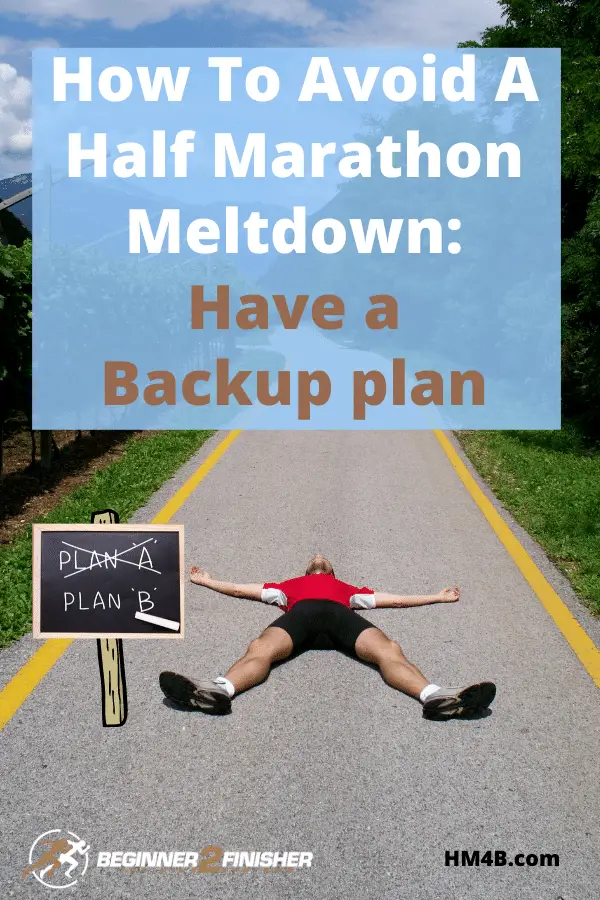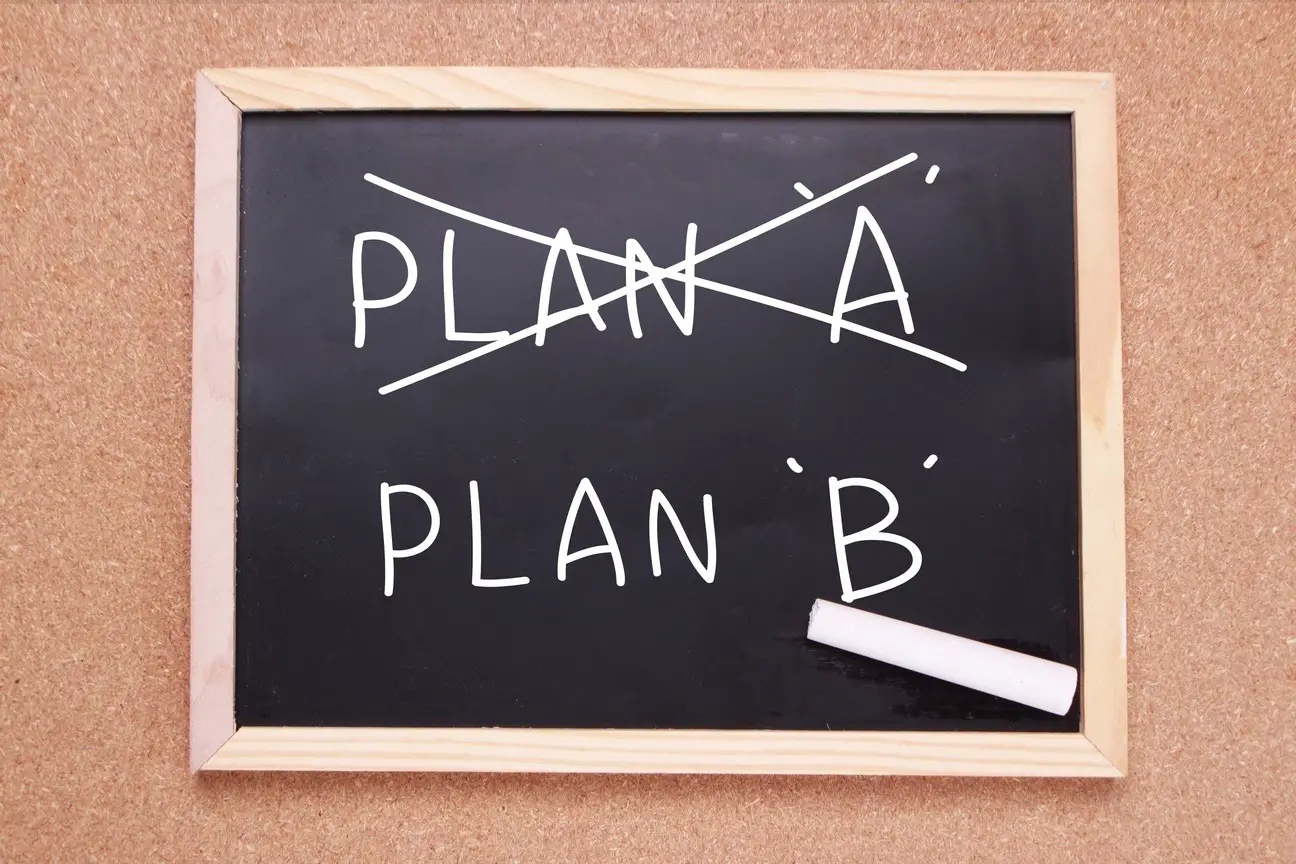Develop a strategy to finish your first half marathon
As you begin your training for your half marathon, consider developing a strategy for finishing your race. Creating a half marathon backup plan can be handy for a first-time half-marathon runner. If you plan on walking the entire half marathon course then your only strategy will be to walk it at a fast pace so that you can finish the race before the cut-off time. If you’re planning on running the entire race then you need to spend some time during training developing a backup strategy just in case.
Backup Plan B
During a few of your long runs during your training, consider working on a backup plan in case you can’t run the entire race. There are several strategies floating around on the internet. Here are a few of them that you can test out.
Time Intervals
For some runners, basing your running and walking interval on time is much easier to gauge, especially if you’re wearing a smartwatch. Time interval walking/running looks like this:
- Run 9 minutes, walk 1 minute
- Run 8 minutes, walk 2 minutes
- Run 7 minutes, walk 3 minutes
- Run 6 minutes, walk 4 minutes
- Run 5 minutes, walk 5 minutes
- Run 4 minutes, walk 1 minute, run 4 minutes, walk 1 minute
- Run 3 minutes, walk 2 minutes, run 3 minutes, walk 2 minutes
For a compiled detailed list of the best running watches for half marathon training check out:
Best Half Marathon Training Watches
Distance intervals
For other runners, using distance markers during a half marathon race might be an easier way to know when to take a short walking break.
Mile markers
At every mile marker simply walk for 60 seconds or whatever time you need to take a quick break. Alternatively, you could just as easily walk for 1/10 of a mile/km to catch a break as well.
Water/aid stations
Another alternative strategy is to only take a short walking breakthrough at every water/aid station. If you can get a hold of the course map during your training cycle, the race creators will normally map out the location of the water aid stations. If you know the distances based on the map then you can take your break at the same distance as each water station you can then take a break at the same distance as your water aid station during your long run training.
Walking through the water aid stations also allows your body to drink water while walking instead of running. Drinking out of the small cups while running is another acquired skill altogether. I found that folding the cup at the top and then drinking from the folded end was much easier.
Long Runs
If you’re having trouble with your longer runs, it could simply be that your body isn’t quite used to running the longer distance. The ability to run longer distances is a result of putting in week after week of base miles. In other words, more running volume per week will result in the aerobic conditioning to run further and further each week. If you need more information check this post on long-run strategies for half marathons.

Geographic intervals
Another type of strategy I’ve used several times on a racecourse is walking each hill encountered. Here are three different strategies that stand out:
Walk the Hills on the way up
If the racecourse has a lot of hills, walking each hill could very well help conserve more energy for the latter part of the race. At the top, you go ahead and run down the other side of the hill.
Walk the Hills on the way down
Similar to walking up the hills but reversed. If you want to speed up your hill running then run up the hills and rest your legs by walking down the other side of the hill.
Run halfway up each hill
This involves a mixed approach when hills are encountered on the course. Some runners will pick up their pace about 1/10 of a mile/km from a hill and push hard up the hill until they run out of steam and slow to a walk. At that point, they stop running and finish the rest of the hill by walking.
Related: Run Hills To Increase Performance
A Hybrid approach
You can incorporate all or some of these approaches into your half marathon course strategy. I tend to walk for about 60 seconds during each water aid station and then walk up the big hills. Most noteworthy, by implementing these two strategies I converse some of my energy for the last 3 miles of a half marathon race.
In conclusion, Each runner is different and some runners will choose not to walk at all during their half marathon. The key is to figure out what strategies work best for you.
CLICK HERE TO READ Part 5 – Main Goal
CLICK HERE TO READ Part 7 – Runner’s Mindset
| Help support me and subscribe to my YouTube channel. YouTube video - 30 ways to make your runs less painful! Coach Scott's Credentials:
|
To sign up for a FREE half marathon training schedule, log sheet, and pace predictor CLICK HERE.

Recommended gear for runners
Connect with me:
| facebook.com/BeginnerToFinisher/ |


